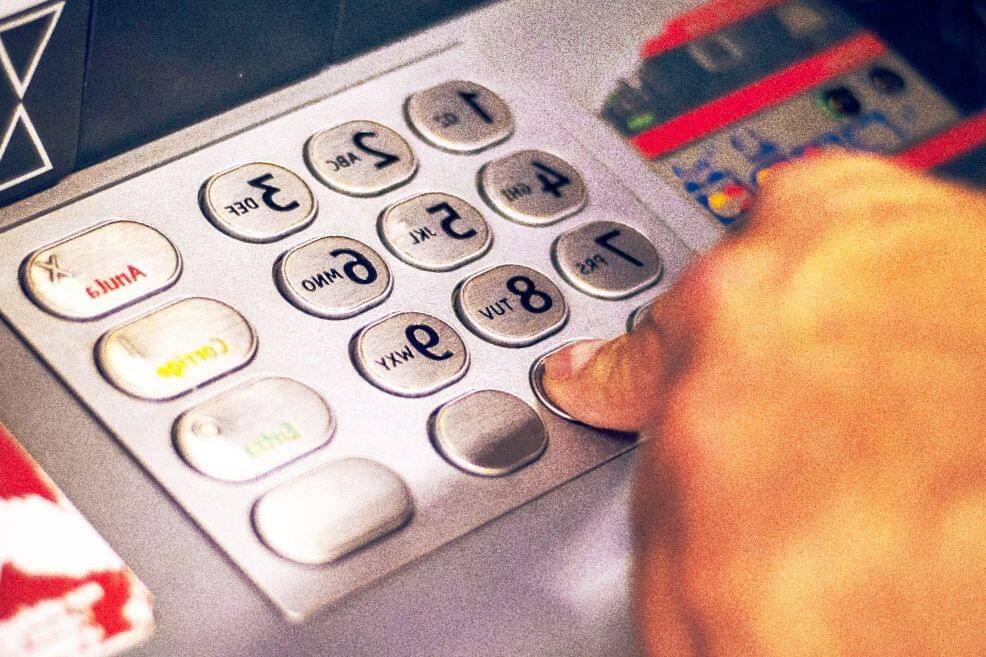Sunk Cost Definition, Examples, Sunk Cost Fallacy & More
Simply put, people and organizations keep investing in something because they believe they have already invested time, money, or resources on it, so it should not go to waste. The bias often results because you are averse to losses or do not want to admit that you have wasted your resources in a failed cause. However, sometimes, a company or an individual may stick to a decision (even when it may not be the most appropriate one) as the cost has already been incurred. ABC Limited is planning to expand its business and is considering launching a new product. The company spends INR 10 lakhs for market research to determine the profitability of the new product.
Business Decisions
Managing sunk costs requires awareness and intentional strategies to prevent past investments from clouding your judgment. Recognizing this bias helps you focus on present opportunities rather than historical losses. Marketing expenses are a great example of a sunk cost, as any amount spent on advertisements or marketing software will never be recovered.
Carefully considering your decision is important as every once in a while, you will have to incur some sunk costs. ” Here are some common types of such expenses that will help you understand them better. All embedded costs are fixed but not all fixed expenses are retrospective costs. By the time Nokia shifted focus to more competitive operating systems, it had lost a much-valuable market share. Understanding these psychological triggers can help us recognize when falling into the sunk cost trap. Economists argue that only future costs and benefits should influence our choices.
What Is a Sunk Cost—and the Sunk Cost Fallacy?
When you recognize that sunk costs influence you, you can avoid wasting further efforts on lost causes. Training costs are expenses incurred to increase employee skills. For example, when a firm installs new software, it may have to hire an agency to train its employees on how to use it. However, the software may need upgrading after some time, and additional training will be necessary.
- This happens when someone follows through with a financial decision even though the expenses incurred exceed the potential returns.
- Extensive marketing campaigns or new product development under a failing brand are often the evidence.
- Rival platforms like Apple’s iOS and Google’s Android saw rapid growth and increasing popularity.
- These examples show how widespread and varied the impact of sunk costs can be across different areas of life and decision-making.
- These costs must always be weighed against the potential revenue expected to come from the decision (Broadbent & Cullen, 2014).
Another example is that market research shows that a movie may not be popular or appeal to a wider audience. The studio then decides to spend more money on advertising to raise awareness and avoid loss. The study concludes that the new product will not be profitable and may even be unsuccessful. Sunk costs are everywhere – from massive government projects to personal investments. Sunk costs are funds you already spent and can’t recover, no matter what future outcomes.
Relevant costs are future expenses like product pricing or inventory purchase and are important when making particular business decisions. The sunk cost fallacy states that making additional investments or commitments is justified since some resources have already been invested. Sunk costs also known as past, embedded, or retrospective costs refer to amounts that have been already spent and are irrecoverable. These costs are not included in sell-or-process-further decisions.
What Is the Sunk Cost Fallacy: Definition and Examples
Discover how Dovetail can scale your ability to keep the customer at the center of every decision. And France continued to fund the Concorde even when it was not profitable. After the project’s launch, it was quickly clear that there wouldn’t be much of an economic gain.
This was one of the reasons the company went under a few years later. Such bias restricts the growth and scope of improvement of the entities involved, limiting their efforts. However, most likely the additional promotional cost may not increase the audience, which further adds to the studio’s losses. The additional production cost will be INR 300 while each pair can be sold for INR 1,800.
Whether it is digital advertising or audio-visual advertising, companies conduct campaigns to ensure they keep on inviting new customers to their brand while retaining the old ones. They understand that advertising the products will help build the customer base and bring them to notice time and again. However, even if these campaigns don’t work, they must keep trying. In case the campaign fails, the investment made for running the adverts sinks, making it a sunk cost. Sunk cost refers to the amount that firms spend with no chance of it being recovered in the future.
Initial investments
People try to avoid unnecessary expenses by considering warranties and trying to estimate how long the item will last. An example of a sunk cost would be spending $5 million on building a factory that is projected to cost $10 million. The $5 million already spent—the sunk cost—should not be taken into account when deciding whether the factory should be completed. What ought to matter instead are expectations of future costs and future returns once the factory is operational.
A drug manufacturing company, A, invests $ 2,50,000/- for many years for R & R & R&D on a new drug for hair growth. However, when the company launched this product in the market, doctors stopped recommending that pill to their patients due to some side effects faced by many patients. This issue forced the company to stop the production of that pill.
After the 90-day return policy expires, the equipment is now a sunk cost for the business. This cognitive factor refers to linking efforts and investments with someone directly involved. When one feels responsible for previous expenses, they’re more likely to get trapped in the sunk fallacy effect and continue investing, furthering their losses. When a business wants to launch a platform or service, marketing costs will be incurred. A sunk cost is money, time, or effort that has already been spent and cannot be recovered.
- Payroll Accounting Expenses include salaries, employees’ benefits, and employee training expenses, which would always become sunk costs once the amount is paid to the payroll head.
- You spend $100 on materials for one potential new product, and nobody purchases the product.
- It is a type of cognitive bias arising from people’s tendency to get emotionally attached to their investments.
- For example, almost all businesses spend on marketing and advertisement to promote their products and services.
- For instance, consider continuing a project at work that has consistently underperformed.
After considerable observation, when the organization found that the person did not improve, it had to terminate the contract. In this case, the $5,000 became an irrecoverable cost that sank with the termination of that recruit. The dilemma then arises whether to continue painting the same color as you have already purchased the paint and completed two rooms or to buy a new color that meets your preferences. These costs are contrasted with the possible earnings of one alternative compared to another.
Another example involves staying in an unfulfilling relationship; emotional ties can cloud your judgment about what’s best for your future. This kind of cost often raises the question of whether or not to continue investing in the cost, project, or venture. Other characteristics of sunk costs include being unavoidable and remaining the same, making it a type of fixed cost. The reason economic analysis ignores sunk costs is that doing so helps to prevent decision makers from throwing good money after bad when they are stuck in an unprofitable project. Economic theory tries to solve that problem by focusing only on future costs and returns.
Ford invested years of research and millions of dollars into developing what they believed would be a revolutionary vehicle. However, when the Edsel hit the market, it failed to attract consumers. Rather, you continue to put in more time, effort and resources in the vain hope that things might turn around. The sunk cost fallacy can be summed up by the phrase “throwing good money after bad.” People fail to consider a situation objectively or register that a better solution is available. The sunk cost fallacy has its foundations in psychology and behavioral economics with certain concepts that seek to explain why it exists.
It’s easy to confuse sunk costs with fixed costs, but they’re different. The $100 you spent to test out the new product is a sunk example of sunk cost cost because there is no return on investment when you decide not to sell the product. And, you cannot return the purchased materials or resell the materials to recoup the funds.






